The choice between a flat roof and a sloped roof isn’t just about aesthetics; it significantly impacts functionality, durability, and energy efficiency. Whether you’re building a modern commercial property or a classic residential home, selecting the right roof type depends on considerations like climate, design, and long-term maintenance requirements. Shield Roofing, with over 25 years of experience serving San Antonio, TX, is here to guide you in making an informed roofing decision to fit your specific needs.
Understanding Flat and Sloped Roof Designs
Roof designs define both the appearance and practicality of a building. Choosing between a flat roof and sloped roof often hinges on their purpose and ability to withstand specific external factors. Commercial properties often lean toward flat roofs with a slight slope for space utilization, while sloped roofs dominate residential buildings due to their efficient water management and longevity.
A sound roofing solution requires understanding key elements like structural durability, weather compatibility, and the materials involved. Let’s unpack the essential differences, advantages, and materials associated with flat roof and sloped roof designs.
Key Differences Between Flat and Sloped Roofs
Flat and sloped roofs serve different purposes. Flat roofs provide a modern aesthetic ideal for urban settings, while sloped roofs enhance water drainage and accommodate materials like asphalt shingles. Regular maintenance is essential for flat roofs, as they require more frequent inspections due to water damage risks, whereas well-built sloped roofs are usually less troublesome.
Space utilization is also distinct. Flat roofs can support gardens and solar panels, maximizing usable space, while sloped roofs promote natural water runoff but typically offer less rooftop utility than flat designs.
Overview of Roofing Materials Used in Each Type
Material choice impacts your roof’s functionality and lifespan. Flat roofs typically use single-ply membranes and EPDM rubber for waterproofing, making them cost-effective for commercial properties but requiring more maintenance. In contrast, sloped roofs, which are a popular choice, utilize asphalt shingles, metal, and clay tiles, offering better insulation and durability while enhancing residential aesthetics. When installing a new roof, flat options prioritize simplicity, while sloped roofs require extra materials for stability. Each type excels based on architectural style, climate, and energy efficiency goals.
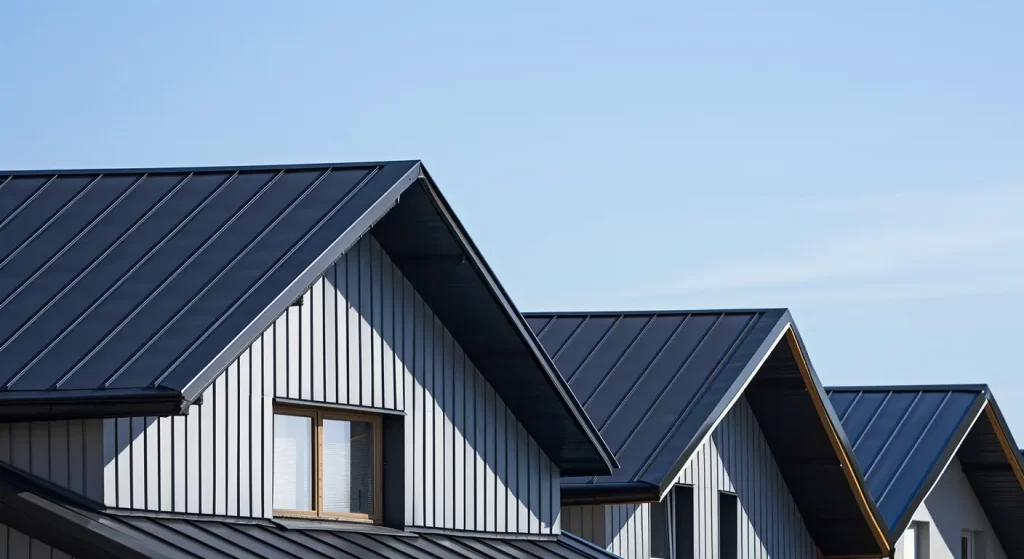
Benefits of Flat Roofs for Modern Buildings
Flat roofs enhance practicality for modern buildings. Their compact design enables innovative space use and cost-effective construction. Ideal for rooftop gardens, solar panels, or HVAC systems, they are an excellent choice for popular commercial properties. Modern flat roofs blend functionality with aesthetics, offering environmentally friendly building designs that prioritize space utilization and energy efficiency while remaining easy to maintain.
Maximizing Usable Space and Rooftop Potential
Maximizing usable space in buildings often requires smart architectural choices, especially with flat roofs. Their flat surfaces allow for functional areas like outdoor lounges, rooftop gardens, and solar panel installations, making them ideal for urban residential and commercial buildings. In contrast, sloped roofs limit rooftop use due to drainage issues and other factors, hindering additional structures. Opting for a flat roof enhances space utilization and energy efficiency while potentially reducing costs through green roofing solutions.
Cost-Effectiveness and Installation Considerations
Flat roofs excel in affordability and simple installation. Their flat surface reduces material requirements, resulting in lower upfront costs and shortened construction times, as they require fewer materials. Routine maintenance is facilitated by ease of access, minimizing upkeep expenses.
However, flat roofs can impact energy costs without proper insulation or drainage. When installed with water-resistant materials, they maintain structural durability while remaining cost-effective. Shield Roofing prioritizes delivering expertly installed flat roofs that are built tough and tailored to fit San Antonio’s weather demands.
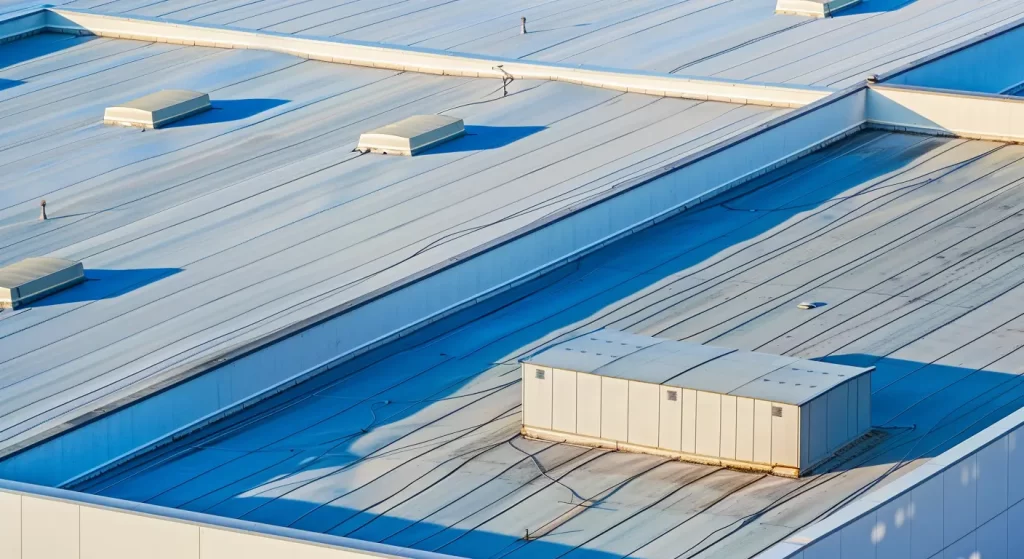
Advantages of Sloped Roofs
For most residential homes, the sloped roof offers unmatched weather protection and a classic appearance. Its steep design efficiently redirects rain or snow, preventing structural damage and enhancing longevity.
Sloped roofing provides superior aesthetic versatility alongside practical benefits like effective insulation and air circulation. These roofs serve as the best choice in areas like San Antonio, where weather conditions might demand durability and reliability. Let’s evaluate their advantages further.
Superior Drainage and Weather Protection
The inclined nature of sloped roofs ensures effective water drainage, reducing the risk of water damage. Buildings in areas prone to heavy rainfall, like San Antonio, benefit from this natural runoff. This structural design protects homes from leaks and helps extend the roof’s lifespan.
Moreover, the slope simplifies debris removal, keeping your roofing intact. Heavy storms and intense weather find little opportunity to compromise the durability of sloped roofing, making it the ideal safeguarding solution for weather conditions.
Longevity and Structural Durability
With reduced maintenance needs, sloped roofs embody durability and require less maintenance. Holding structural integrity against debris and natural wear, their design ensures minimal repair frequencies. Regular inspections are typically sufficient for maintaining optimal functioning.
Sloped roofs also provide better insulation, maximising energy efficiency and preventing environmental temperature changes from overwhelming the interior. Shield Roofing’s installations guarantee roofs are durable enough to withstand various challenges while meeting dynamic architectural needs in San Antonio, TX.
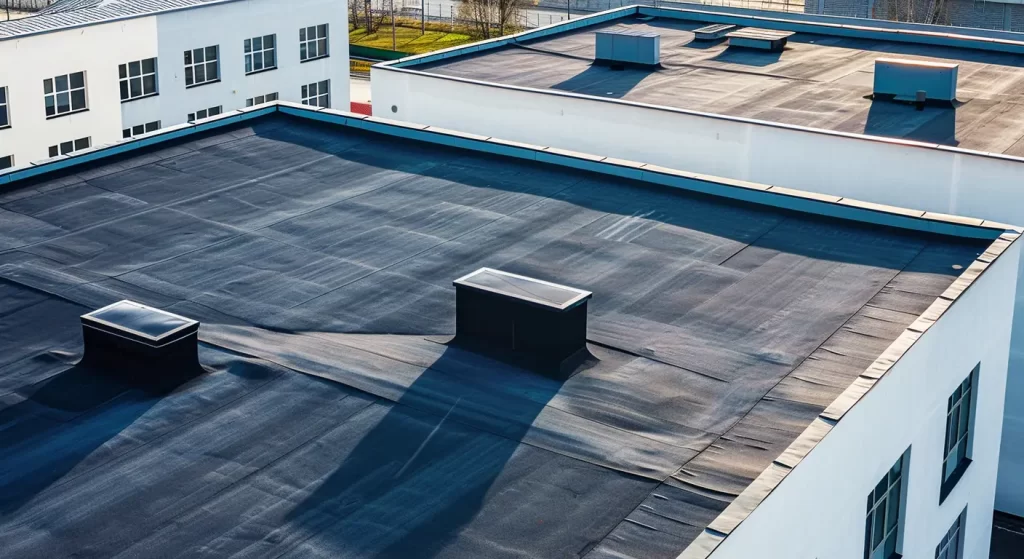
Factors to Consider When Choosing Your Roof in San Antonio, TX
Making the right decision between a flat or sloped roof requires understanding San Antonio’s weather conditions and any local building requirements. Shield Roofing’s team simplifies the process by guiding you toward an informed decision.
Your roofing system should cater to both architectural style and functionality. Factors like the Texas climate, material durability, and energy efficiency can help identify the best choice for your building. Our local expertise ensures nothing is overlooked during this process.
Climate Impact and Local Building Requirements
Local environmental conditions significantly impact roofing choices. In heavy rainfall areas, sloped roofs are favored for efficient drainage and reduced water damage risks, minimizing repair needs. Conversely, flat roofs in warmer climates can enhance energy efficiency and accommodate HVAC systems or rooftop gardens.
San Antonio’s building codes may impose specific requirements, highlighting the importance of regular structural inspections. Compliance with local regulations is crucial for safety and durability. Understanding climate effects and local mandates enables property owners to make informed roofing decisions.
Expert Recommendations From Shield Roofing
Navigating your roofing choice? Shield Roofing provides expert advice on commercial roofing backed by over 25 years of experience. We recommend the right roofing type tailored to your needs, including free inspection services and consultations.
Partnerships with Owens Corning and GAF ensure high-performance materials durable enough for San Antonio’s diverse climate. Contact us today for a roofing installation that’s built to last. Shield Roofing guarantees confidence and quality in every decision and design.
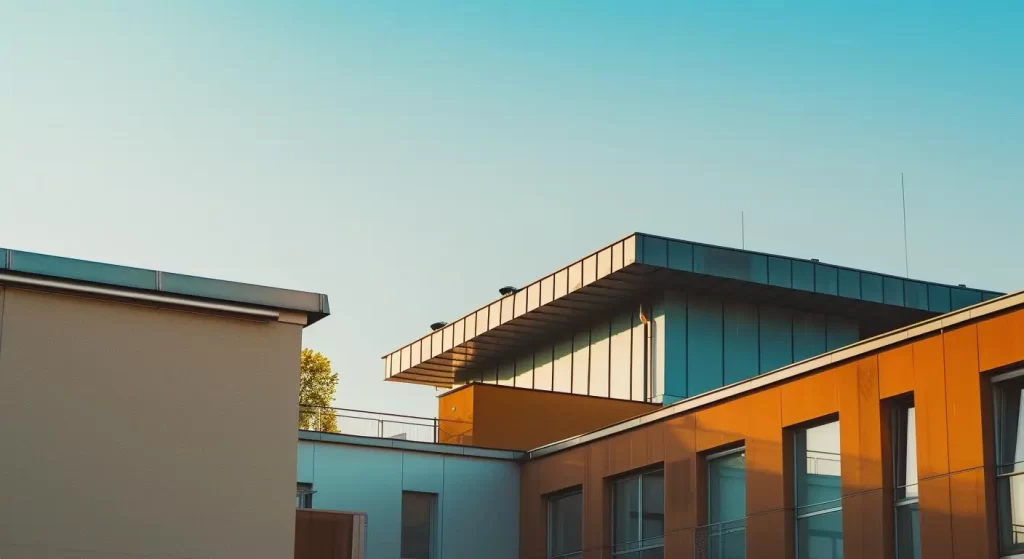
In Summary
Evaluating flat versus sloped roofs is essential for informed decision-making. Flat ones provide easy access and usable space, while sloped roofs enhance aesthetics and drainage. Consider environmental conditions, maintenance, and material longevity. As an Owens Corning preferred contractor and GAF certified, we ensure high-quality installations backed by our BBB A+ rating. In urban areas, flat roofs are ideal for green spaces or solar panels, boosting energy efficiency, while sloped roofs offer better insulation across climates. As CTRCA members, we provide expert guidance tailored to your building’s structure and local climate. The best choice depends on these factors for project success.
Read our blog: Roofing Safety Standards: What Every Homeowner Should Know
Frequently Asked Questions
Why do architects prefer flat roofs?
Architects often choose a flat roof for its usable space, which accommodates designs like rooftop gardens or HVAC installations. This architectural style is the preferred choice in urban settings, adding practical benefits without compromising aesthetic appeal.
Is a flat or sloped roof better?
Deciding between a flat roof or sloped roof depends on your different needs. Flat roofs optimise space utilization, while sloped roofs are often a better choice for regions with heavy rainfall requiring efficient water drainage. Here are some key considerations to keep in mind.
